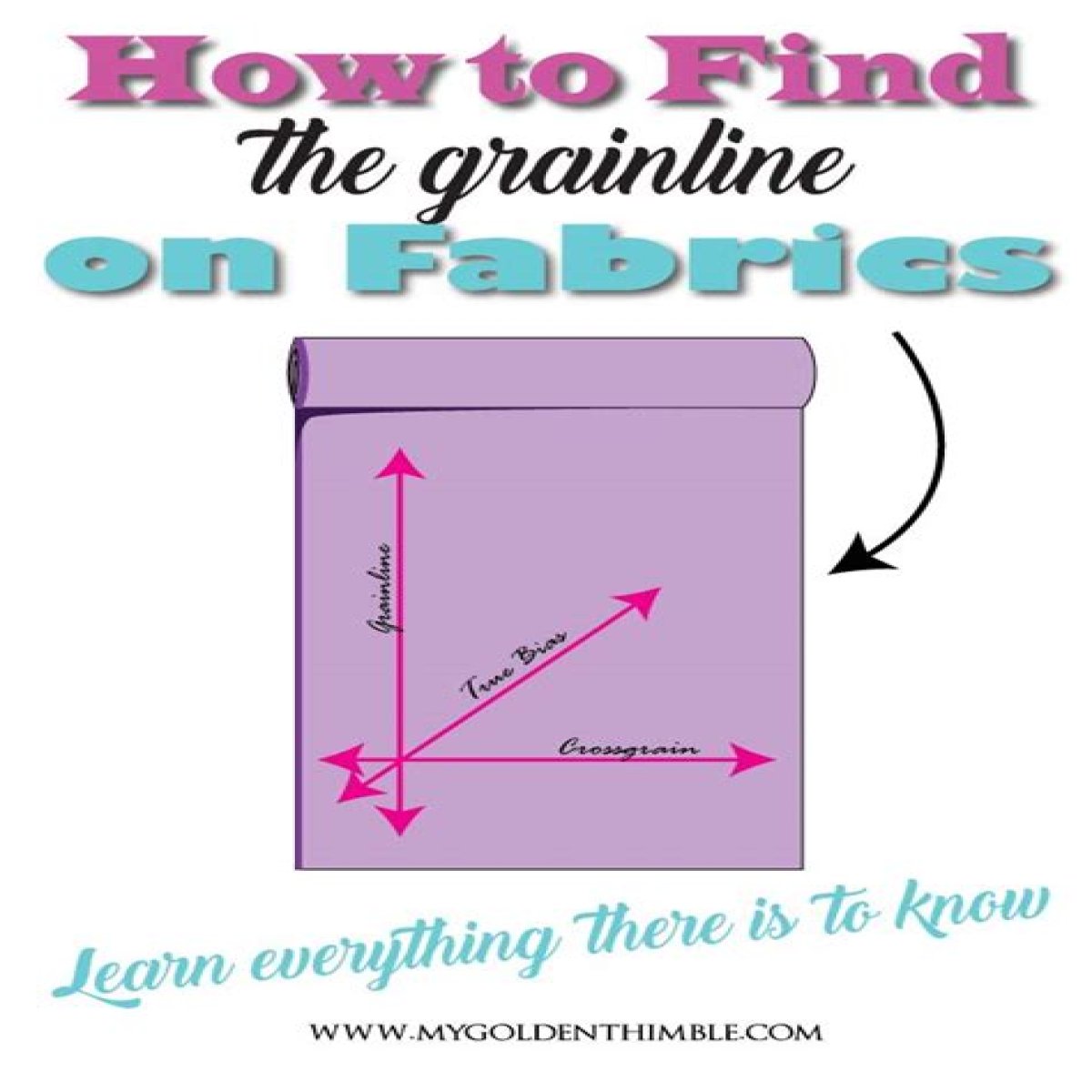- .box-4-multi-105{border:none !important;display:block !important;float:none;line-height:0px;margin-bottom:15px !important;margin-left:0px !important;margin-right:0px !important;margin-top:15px !important;max-width:100% !important;min-height:250px;min-width:250px;padding:0;text-align:center !important;}In what direction is the grain or Grainline?
- Is Grainline the same as stretch?
- What does a Grainline look like?
- Is the selvage the Grainline?
- How do you cut Grainline?
- What happens if you cut fabric against the grain?
- What is lengthwise grain?
- Can you cut a pattern against the grain?
- Why is it important to iron with the grain of the fabric?
- What is on-grain and off grain?
As a starting point, we need to define grainline. Grainline is the direction in which the threads of the fabric are woven. It’s critical to know this because the way you cut out a garment has an impact on how it will perform once it is finished.
In what direction is the grain or Grainline?
The direction of the warp and weft threads used to weave the fabric is known as fabric grain. The direction of the warp threads, which are parallel to the selvages, is known as straight grain or lengthwise grain. The name lengthwise refers to the long threads of woven fabric that run the entire length of the loom.
Is Grainline the same as stretch?
While the stretch usually runs in the opposite direction of the grainline (the manufacturer’s logo or blank line along the fabric’s edges, as explained in greater detail in my video), this isn’t always the case.
What does a Grainline look like?
The grain line (or grainline) is typically indicated on patterns by an arrow-decorated line, as shown in the illustration below in red. The grain line (or grainline) will be parallel to the selvedge when cutting out the pattern.
Is the selvage the Grainline?
The uncut edges of the fabric that are bound to prevent unraveling are known as the selvedge, and the threads running parallel to them are known as the straight grain, or lengthwise grain. The crossgrain is used when fabric is cut at a shop. From one selvedge to the other, the crossgrain runs the length of the fabric.
How do you cut Grainline?
Always cut from top to bottom in the direction of the nap or furry surface when working with fabrics that have a raised surface, such as velvet, corduroy, or synthetic fur. You can tell if the warp is going in the right direction by running your hand over the fabric.
What happens if you cut fabric against the grain?
It’s not unusual to be told to “cut against the grain” or something similar. Sewing on the bias or against the grain can cause your fabric to pucker if you make a mistake. Additionally, it may start elongating in areas that aren’t supposed to.
What is lengthwise grain?
Parallel to the selvedges, the thread/grain running the length of the fabric. The Straight Grain or Warp is another name for this long-grain material. Threads are crisscrossed to create a woven fabric.
Can you cut a pattern against the grain?
If you cut off-grain, you’ll also lose the ability to match stripes and plaids. It doesn’t matter what lines on the pattern say when it comes to smaller pieces like collars, cuffs, and yokes; they can all be cut in any direction. Straight grain has a 45-degree “bias,” which is the opposite direction of the grain.
Why is it important to iron with the grain of the fabric?
To avoid stretching the fabric, it is important to iron along the fabric’s grain. It’s best to start with the smallest areas (the cuffs) before moving on to larger areas (the collar). To avoid shiny spots, iron the fabrics on the reverse side (i.e., inside out).
What is on-grain and off grain?
If the fabric is off-grain, it may be necessary to straighten it. Straighten the fabric or fix the grain if necessary. Smooth the fabric and fold the selvages together to determine if it is on- or off-grain. The fabric is on-grain if the fold is perfect and there are no wrinkles.
